This site uses cookies. By continuing to browse the site you are agreeing to our use of cookies. Read our privacy policy

Dr. Anthony Townsend, Urbanist in Residence, Cornell Tech, New York City

Assembling the cities of the future will be like putting together a giant jigsaw puzzle, urbanist Anthony Townsend tells Huawei Editor-in-Chief Gavin Allen.
Gavin: Do smart cities represent an ideal – something every city should aspire to be?
Anthony: No, they’re not necessarily a specific configuration or ideal form of a city. They’re a movement that tries both to address the problems of cities and to define the technology needed for that purpose.
For example, the auto and tech industries have invested hundreds of billions of dollars in self-driving car technology, mostly for private automobiles.
But in urban planning, we're trying hard to push cars out of cities. This involves automation in public transit vehicles like buses or things like electric bikes and scooters.
We want to speak to the tech industry and the engineering community and say, "Look, the way you're framing the problem is not right," or "You're optimizing for the wrong things," or "That's great, build that solution, but we need to be able to tweak it once it's out in the world." That's a big question around AI right now. City governments around the world are buying the AI products and services, and building the stuff into how they govern. But there's very little transparency about how some of these algorithms work, and how they make the recommendations that human beings base decisions on. We need to be really thoughtful about that process. Technology can help you build whatever kind of city you want, and govern it however you want. You should know what you want before you start picking the technologies.
G: To that point, the title of your smart cities book includes the words “the quest for a new utopia.” Utopia for whom?
A: Yes. This speaks to everyone's shared hope for a better future, but invites the question that you ask: Who gets to decide what utopia is? Does chasing utopia through technology actually create more problems than it solves?
The view of a smart city as a product or service leaves out all the exciting innovations in urban technology being developed by startups, by individual inventors, and by artists working in digital and computational media. City leaders and city governments need to orchestrate all of this – to plan it the same way they plan transportation and housing.
A lot of cities got caught with their guard down by Uber, Airbnb and others who came in and bypassed them, delivering urban services outside of government in many ways. And they are pretty determined not to have that happen again. With AI, many cities are there much earlier and more comprehensively than they were with the wave of mobile technology. They’re creating task forces and engaging experts in academia, civil society and industry. They want to figure out what's coming, how it's going to impact them, how they can take advantage of it and how they need to push back.
G: Smart cities are really about constant adaptation, aren't they?
A: There is much more awareness of technology now - the value and the risk. New York has just announced a limited testing regime for self-driving vehicles. It also has a strong building decarbonization law that has turned the city into a kind of a testbed for building energy technologies.
But battery energy storage is complicated. The sustainability people in City Hall want batteries everywhere in the city, to store green, clean power. But the safety people don't want batteries anywhere in the city because they catch fire and blow up.
But what’s really remarkable is that cities are now putting in place the governance to work through this stuff. We’re past the bullshit phase of smart cities, where we were just going to wave a wand, install some software, and write checks. Now we're into the nitty gritty.

G: Where does that leave the dream of the city as a computer, as almost a seamless living organism?
A: It's a more complicated computer than we imagined. Part of the appeal of that original vision was that it was a mainframe computer, with total awareness of everything and all the resources needed to solve problems.
It’s turning out to be much more like the web: there isn't one master planner or master engineer. So, the work is coordinating all the little bits and connecting them up together, making sure they can talk to each other. The AI-enabled smart city is going to be a collection of little pieces that have intelligence built in: a little more autonomous, more sensitive to what's going on around them, and not just remotely controlled by some big computer in City Hall somewhere.
G: How does Big Data factor into all of this?
A: There certainly is a lot more we can do with Big Data in cities. New York is flying balloons over the city every week to identify "heat islands" and understand who's at risk. Tools are also being used to drive the agenda from the bottom up. Environmental justice organizations know that the same people who have been on the receiving end of injustices in the past are gonna be the ones who feel the impacts of increased heat more than the rest of us. They are doing their own climate science, putting out sensors, collecting heat data, collecting rainfall data, observing flooding and demanding that the city take action to reduce those risks.
We're working with them. In one project we are using data from a company that sells the cameras Uber drivers use on their dashboards. We can extract images of flooded roads from that footage – hundreds of thousands of images every day. Working with these environmental justice organizations, we have a better picture of what parts of the city are getting flooded – down to the block level – than the city does.
G: So it’s almost democratizing city governance?
A: Yes, but it remains to be seen whether this become an arms race. For instance, with generative AI and imagery, it's very easy now to generate a photo-realistic rendering of what a proposed public works might look like. Community groups have access to the same kind of quality rendering that big developers have used to drive the agenda. This might balance the playing field a little bit, and allow for alternative visions of development.
On the other hand, the folks driving the investment are also using these tools. I’m not so naïve as to say this is definitely going to increase participation, but I think it opens the door to new possibilities.
G: What’s the responsibility on tech companies providing solutions in this rapidly changing urban environment?
A: We're seeing a bit of a reboot. Some companies didn't have a well thought-through approach to anxieties around collecting data, and now there are efforts to solve that.
Everyone wants the streets to be clear and the trash taken out, everybody wants the material benefits of the smart city. But they want different kinds of control over how it works behind the scenes. We're heading to a world where your smart city governance is a bunch of options you configure in the software when you buy your tech. And the smart companies are going to be the ones that realize that's the thing the customer wants control over. It's by no means solved, but that vision of having an endless number of little things I can toggle on and off, controlling how data moves around, and who sees it: that's the future.
G: Do you essentially foresee relentless progression? There’ll be bumps in the road of course, but you feel cities are getting smarter, more efficient, and we’ll continue to adapt positively?
A: Yes, though some parts are moving faster than others. Transportation is pretty on track. It was the easiest sector of the smart city market to prove out. Literally every piece of every transportation system - it was easy to find opportunities to digitalize. It was easy to create new markets and attract investment. It was easy to deliver benefits to very large numbers of people, often disproportionately at the bottom of the pyramid. And the regulatory changes that had to happen, the planning changes, were fairly straightforward and tractable.
The place where the stakes are highest and even just from an engineering side, the journey is the greatest in energy. It’s the most expensive, it’s the part where there's the most resistance, both from inertia, as well as from stakeholders who have a lot of influence.
G: It's a digital jigsaw, isn't it? You’ve got to get all the pieces to see the full picture. And if you lose a piece, you're in trouble.
A: Yes, and different cities have different missing pieces. For example, the US is on an historic infrastructure spending spree: US$65 billion dollars to get fiber to every business and residence in the country.
The program skews heavily toward rural areas, leaving behind a lot of public housing projects in American cities. They’re being served, but it’s really the bare minimum: the worst service and often unaffordable.
We’re trying to understand where those pockets of poor access are concentrated, and how we can help them in a cost-effective way. There’s a configuration they call "apartment Wi-Fi," It’s where residents of an apartment building share an internet connection, just as they do in hotel. There's a wire that goes up to each floor, but you don't have to run the fiber into every room.
If you don't have basic broadband access – if that’s the missing piece in the digital jigsaw puzzle –none of the other stuff can follow.
You can’t put in smart meters to control energy usage. You can’t install indoor temperature monitors to make sure those people aren’t being exposed to extreme heat in the summer. You can't do remote medical monitoring, or shop online, or have kids take classes or people do continuing education or any of that stuff.
We tend to think of the internet as being for entertainment and socializing, but it's actually for everything. Even a rich country with lots of sophisticated technology has significant pockets where it’s still essentially the 1980s.
From digital literacy to basic street-wise cybersecurity, there are often gaps – missing pieces of the digital puzzle. Those gaps are different in different parts of the world, but they create huge vulnerabilities for society. We are a generation behind where we need to be, and that will pose a challenge to cities that are trying to realize their smart city visions.
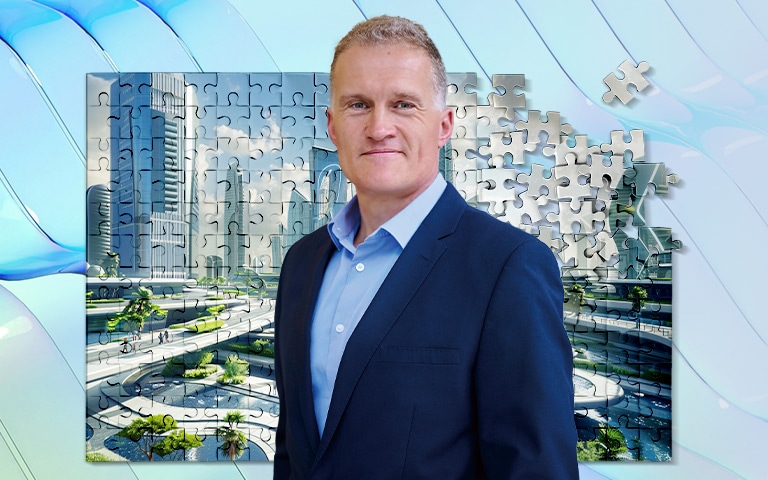
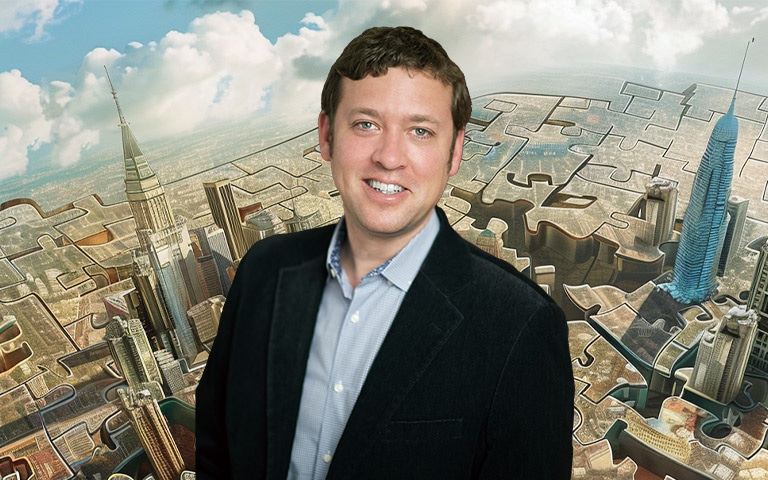
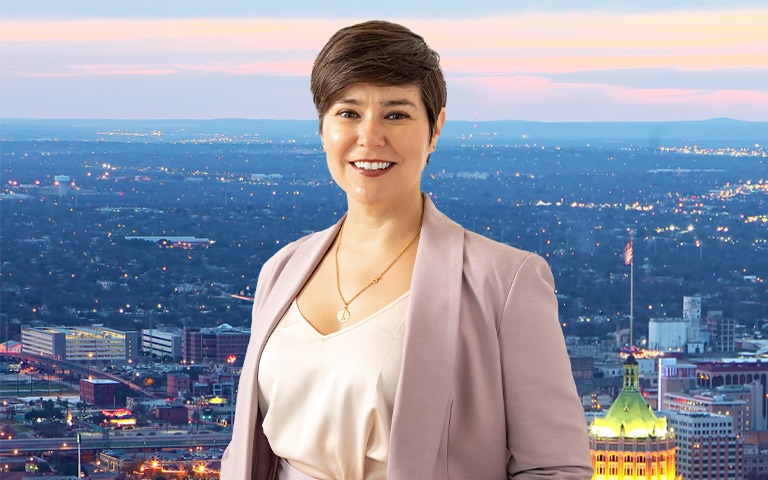
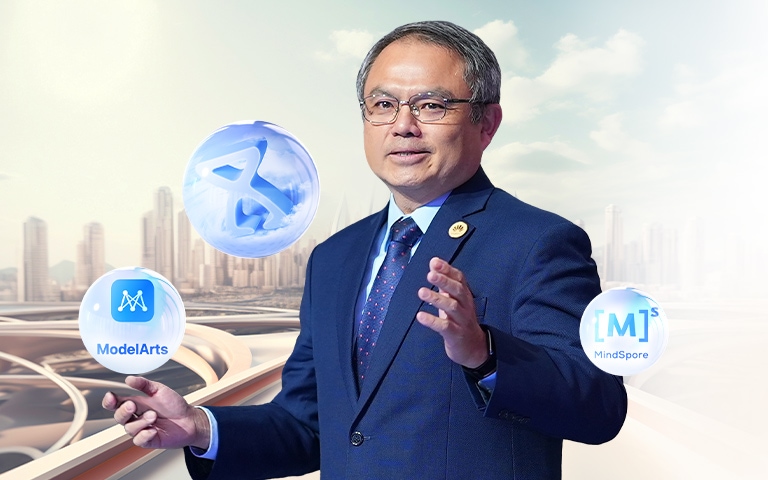
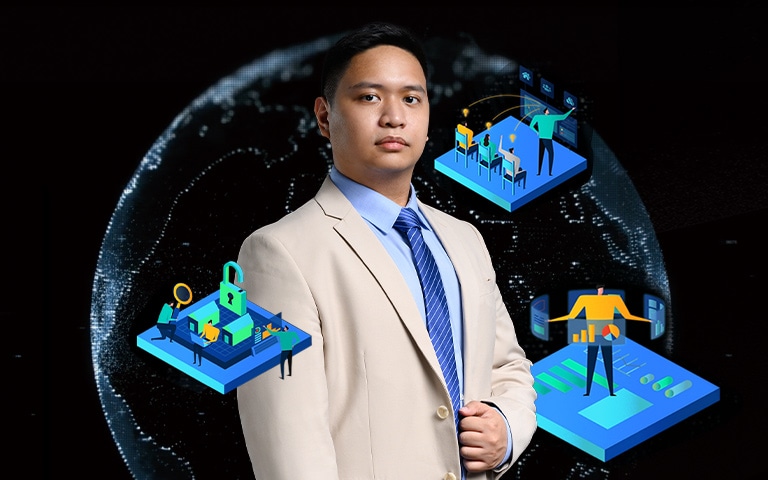
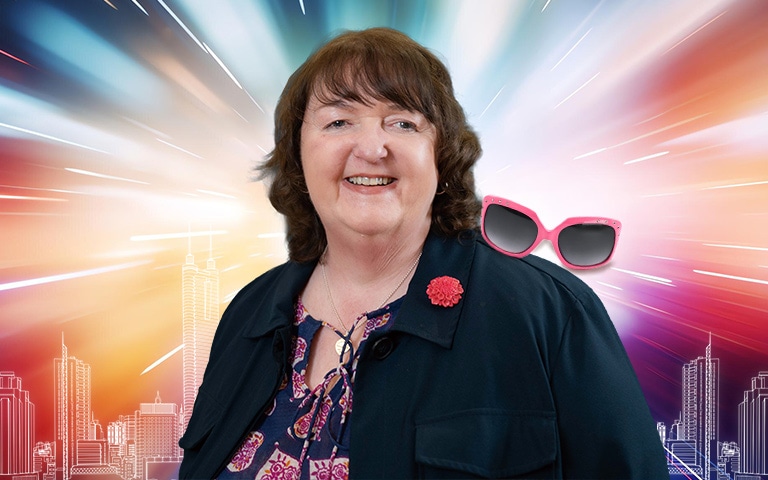
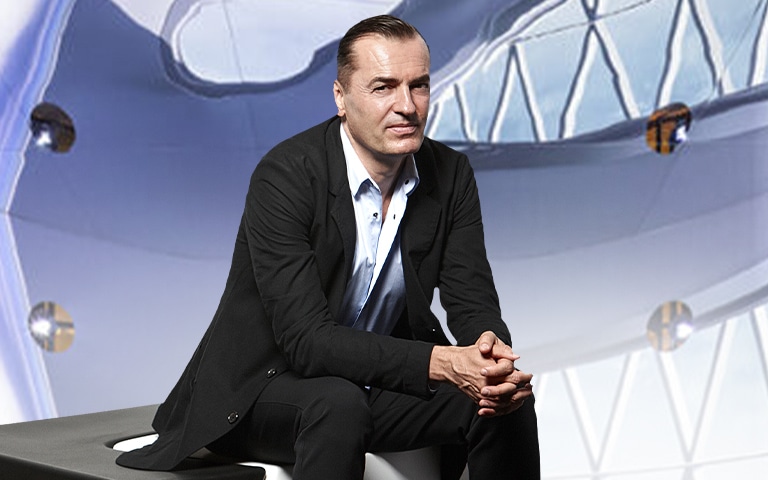
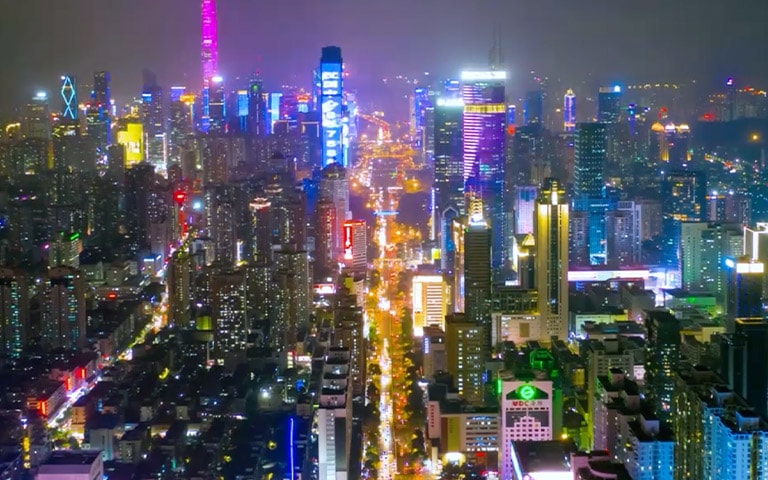
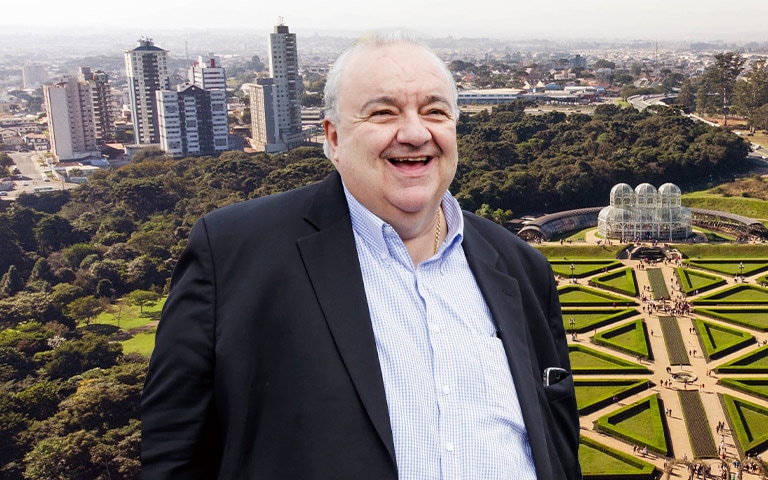


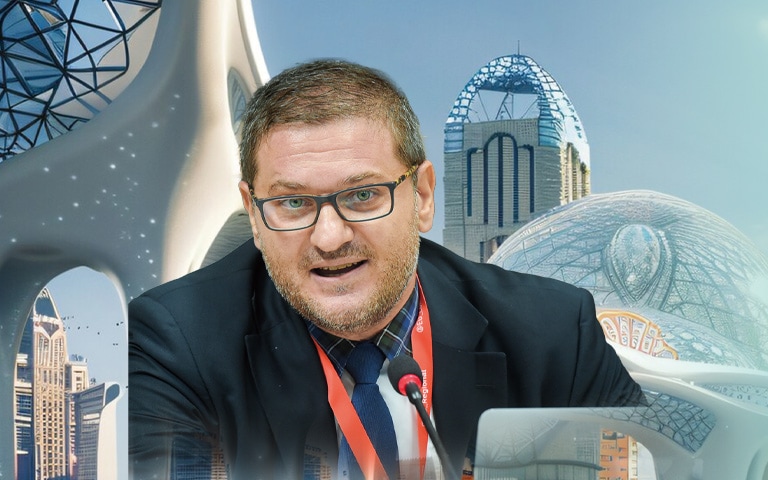
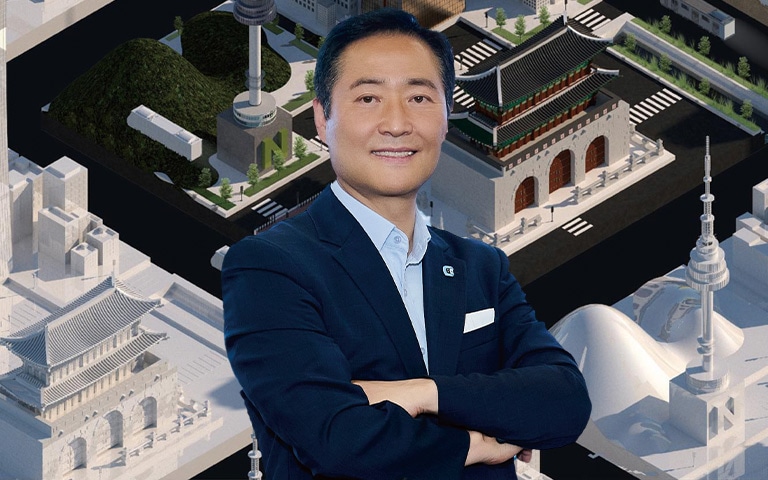



Contact us! transform@huawei.com
